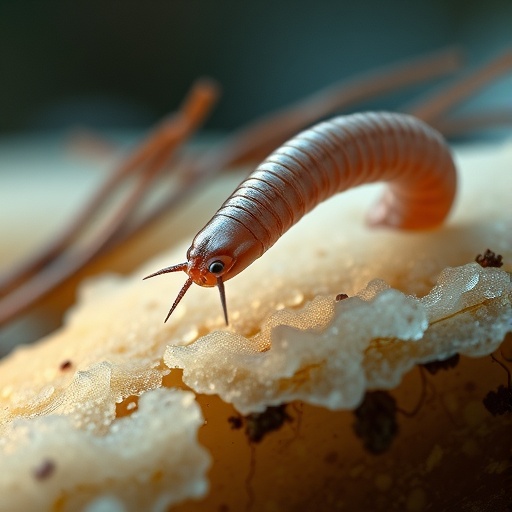In small amounts, vanilla flavoring enhances the taste of our baked goods, desserts and ice cream. But making it synthetically, which is the most common route to keeping the ingredient affordable these days, creates a stream of wastewater that requires treatment before it can be released into surface waters. Now researchers report in ACS' journal Industrial & Engineering Chemistry Research a new "greener" way to make vanillin, the primary flavor compound in vanilla.
Although consumers have been demanding more "natural" foods in recent years, less than 1 percent of vanilla flavor produced globally comes from its original natural source, the vanilla orchid. The rest is synthesized from a petroleum-derived precursor called guaiacol, tree lignin and other substances such as cow feces. But the catalysts currently used in the manufacturing of vanillin are polluting and can only be used one time. So Ganapati D. Yadav and Shivaji L. Bhanawase sought an improved method to make the popular flavor compound.
The researchers created a catalyst by encapsulating copper-aluminum hydrotalcite in silica. Testing showed that it efficiently spurred the separation of vanillin from other compounds. The catalyst worked in water under ambient air pressure, and eliminated the need for a polluting step involving hydrochloric acid that current techniques require. The catalyst could also be recovered and re-used. The researchers say that their process could be economically scaled up for a more environmentally friendly approach to making commercial vanillin.
###
The authors acknowledge funding support from the University Grants Commission (India), the R.T. Mody Distinguished Professor Endowment at the Institute of Chemical Technology and India's Department of Science and Technology.
The abstract that accompanies this study is available here.
The American Chemical Society is a nonprofit organization chartered by the U.S. Congress. With nearly 157,000 members, ACS is the world's largest scientific society and a global leader in providing access to chemistry-related research through its multiple databases, peer-reviewed journals and scientific conferences. ACS does not conduct research, but publishes and publicizes peer-reviewed scientific studies. Its main offices are in Washington, D.C., and Columbus, Ohio.
To automatically receive news releases from the American Chemical Society, contact [email protected].
Follow us on Twitter | Facebook
Media Contact
ACS Newsroom
[email protected]
@ACSpressroom
http://www.acs.org
############
Story Source: Materials provided by Scienmag




